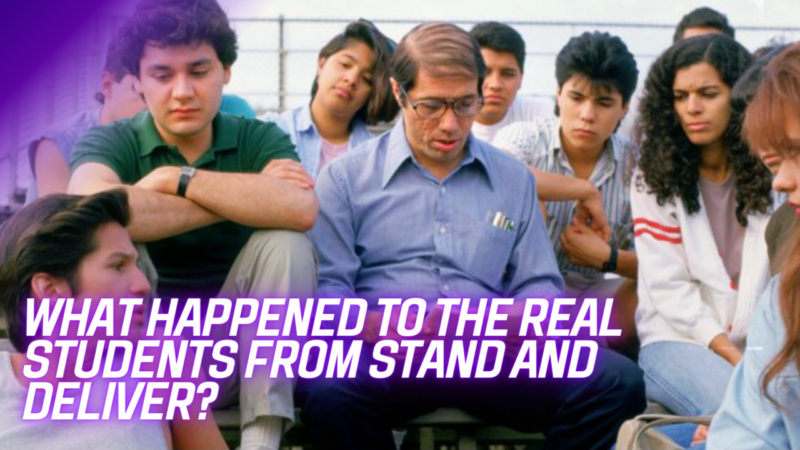Sacagawea, a name synonymous with the American West’s early exploration, embodies a story of courage, resilience, and significant historical impact. Her journey with the Lewis and Clark Expedition marks her as an iconic figure in the annals of American history.
Early Life and Captivity
Born around 1788 near the Continental Divide at the present-day Idaho-Montana border, Sacagawea’s early years were marked by upheaval. At about 12 years old, she was captured by a Hidatsa raiding party, subsequently enslaved, and taken to their Knife River earth-lodge villages, near what is now Bismarck, North Dakota. Her life took a turn when she was married to Toussaint Charbonneau, a French-Canadian fur trader, who would later become an integral part of the Lewis and Clark Expedition.
Role in the Lewis and Clark Expedition
In 1804, the Corps of Discovery, led by Meriwether Lewis and William Clark, set out on an expedition to explore the newly acquired western territory of the United States. Sacagawea and her husband joined the expedition as interpreters. Despite being the only woman among over thirty men for much of the expedition and carrying her newborn son, Jean-Baptiste, Sacagawea proved indispensable.
Her contributions were multifaceted; she served as an interpreter, using her knowledge of Shoshone and Hidatsa languages to communicate with various tribes. Her presence signaled peace to other Native American groups, a vital aspect of the expedition’s success. Notably, on May 14, 1805, she rescued important items from a capsized boat, earning Lewis and Clark’s praise.
One of the most poignant moments of the expedition was the reunion with her brother Cameahwait, the chief of a Shoshone tribe, which facilitated the acquisition of horses necessary for the expedition to cross the Rocky Mountains.
The Journey’s End and Sacagawea’s Legacy
Sacagawea’s role in the expedition did not end with its completion. She continued to embody the spirit of the journey, participating in pivotal decisions and ensuring the safe passage through critical areas such as the Rocky Mountains and the Yellowstone River basin.
The exact circumstances of Sacagawea’s death remain a subject of historical debate. It is generally believed that she died on December 20, 1812, at Fort Manuel, on the Missouri River, Dakota Territory, though some accounts suggest she may have lived much longer.
Despite her early demise, Sacagawea’s legacy endures. She is remembered not only for her contributions to one of American history’s most significant expeditions but also as a symbol of peace, courage, and the indomitable spirit of exploration. Her story has been immortalized in countless ways, from monuments and coins to literature, reflecting her undying influence on the American consciousness.
Sacagawea’s life story is a testament to her crucial role in the exploration and mapping of the American West. Her contributions, particularly as a woman in a male-dominated expedition, highlight her resilience and the indispensable role she played in the success of the Lewis and Clark Expedition. Her legacy continues to inspire, embodying the spirit of exploration and cooperation that defines the best of American history.








